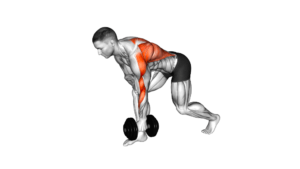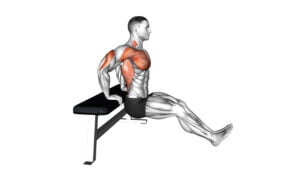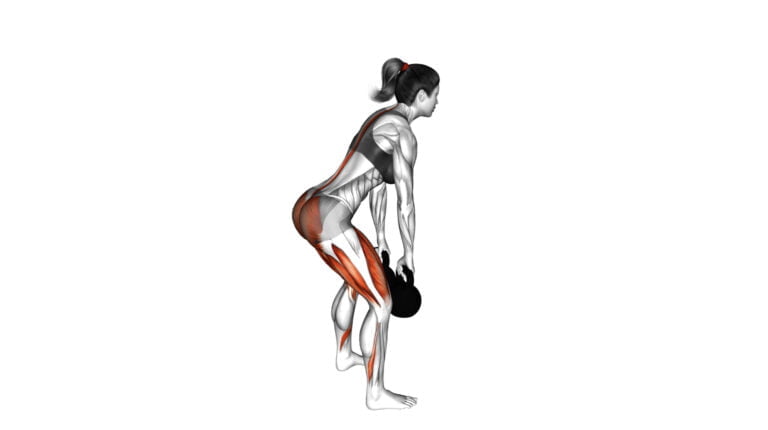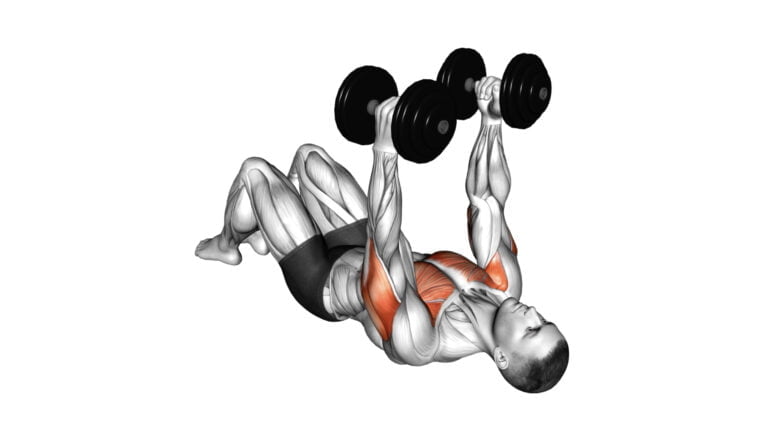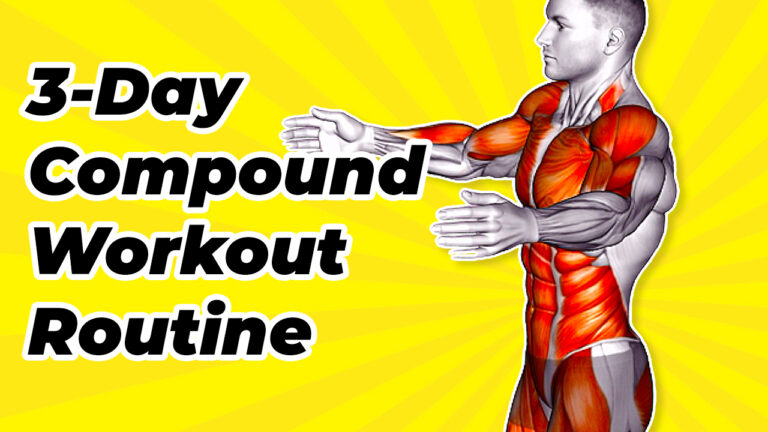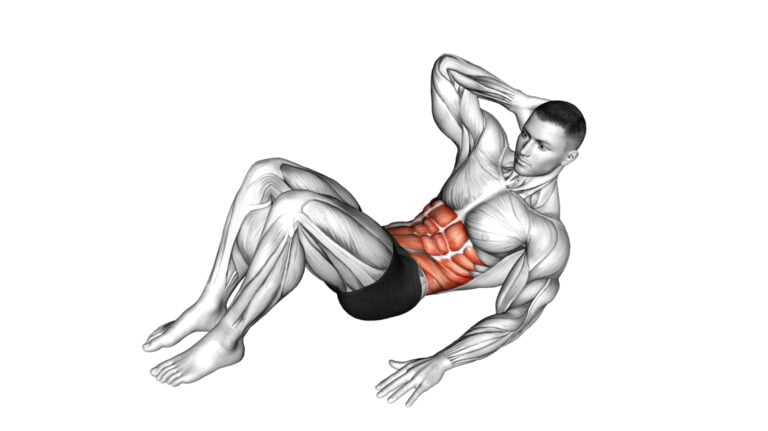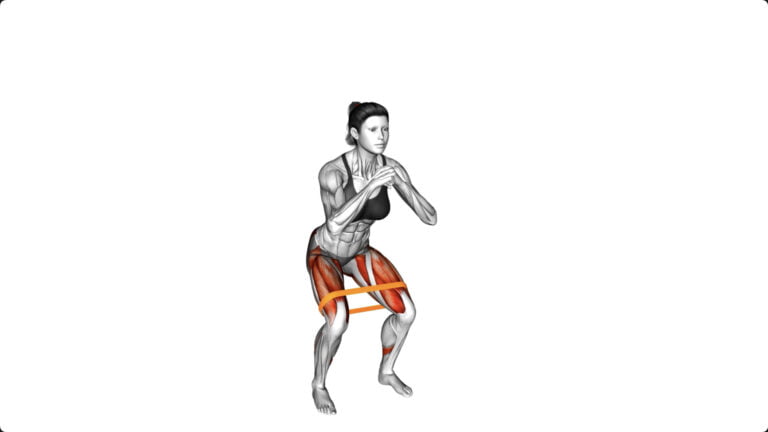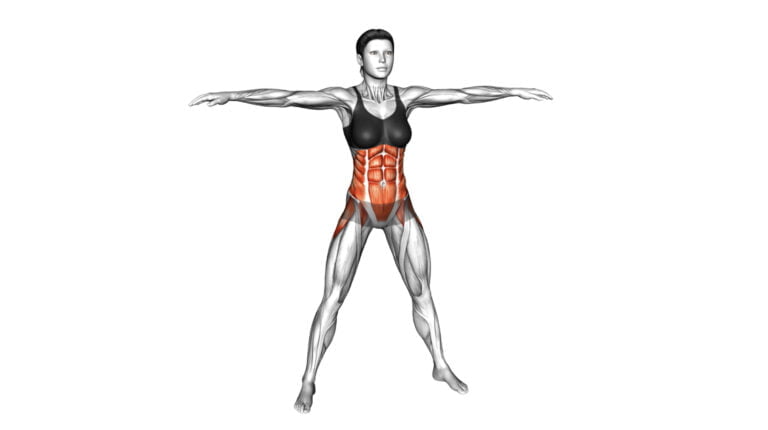The 5 Best Upper Body Pull Exercises With Dumbbells For Maximum Results
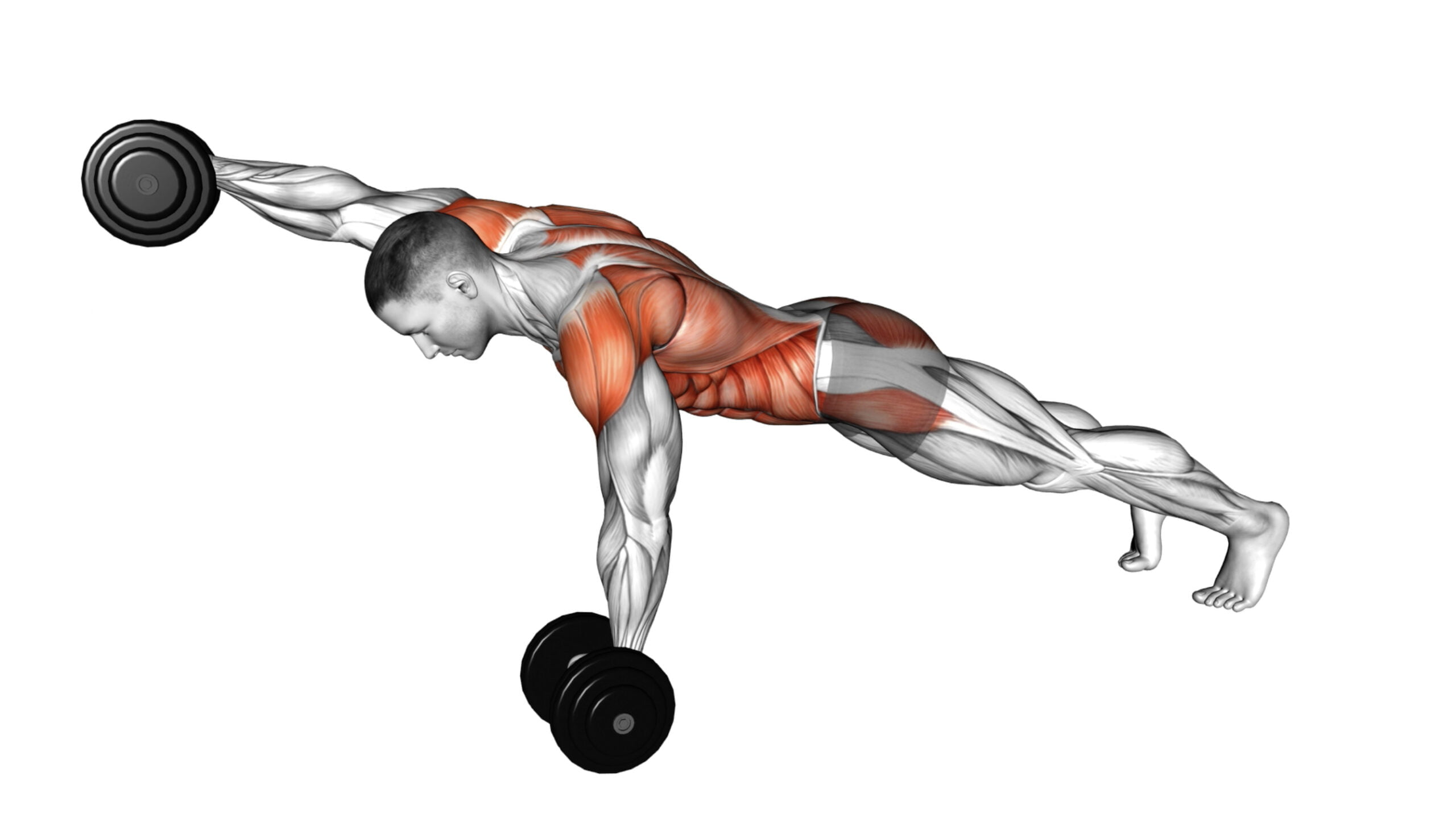
When it comes to sculpting a strong, lean upper body, pull exercises with dumbbells are an absolute game-changer. Too often, fitness enthusiasts focus solely on push movements like presses and push-ups, neglecting the crucial balance provided by pull-type workouts.
With over a decade of experience in strength training and conditioning, I’ve witnessed firsthand the transformative power these exercises wield—not only for athletes but for anyone looking to enhance their muscular endurance and postural support.
Pull movements aren’t just about building brawny biceps or broad backs—they’re pivotal for counteracting daily stressors that lead to hunched shoulders and weakened posterior chains.
In this article, we’ll delve into five superior upper body pull exercises with dumbbells that promise maximum results for your investment of sweat equity. Trust me; your rear delts will thank you later.
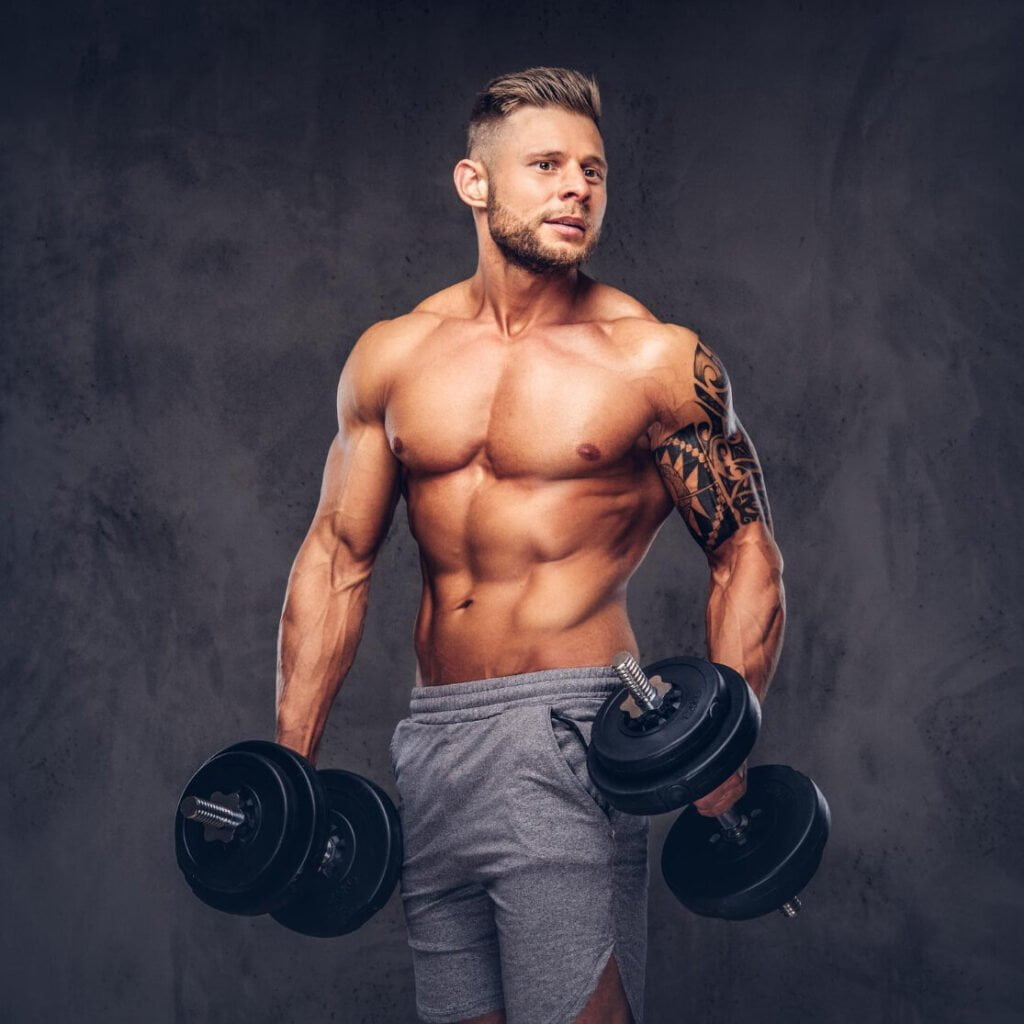
Let’s get ready to lift!
Key Takeaways
- Pull exercises with dumbbells can enhance muscle strength, improve posture, and balance your upper body workout.
- Dumbbell Bent Over Reverse Fly to Hammer Curl, Dumbbell Bent – Over Reverse Row, and Cross Body Hammer Curl are key for building a strong back, shoulders, and biceps.
- Proper form is crucial when performing these exercises to prevent injury and maximize muscle engagement.
- Progressing in weight and reps should be based on individual strength levels for sustained improvement over time.
- To avoid plateaus in training, introduce variety by changing grips, adding equipment like resistance bands or kettlebells, or trying new movements.
Understanding Pull Exercises
Pull exercises are movements that involve pulling weight toward your body, targeting muscles in your back, arms, and shoulders. These exercises help improve posture, upper body strength, and overall muscle balance.
Incorporating pull exercises into your workout routine can also prevent injuries and enhance functional movement patterns.
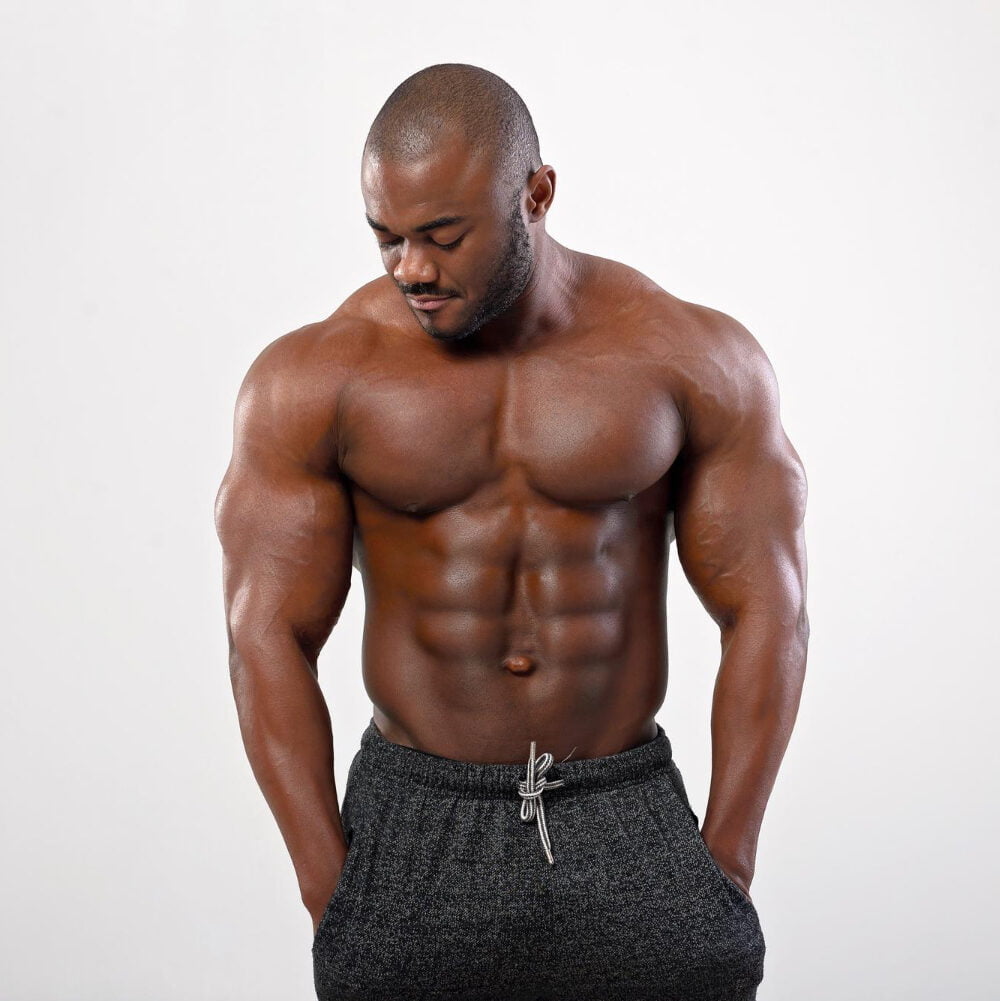
What are pull exercises?
Pull exercises are movements that require you to use your muscles to pull weight towards your body. These types of workouts target the back, shoulders, and biceps by engaging muscle groups like the latissimus dorsi, rear deltoids, and biceps brachii.
As you perform a pull motion, you activate these areas to move weights with control and precision.
Incorporating pull exercises into your routine strengthens important upper body muscles and improves posture. Exercises such as dumbbell rows or reverse flyes demand movement that involves elbow flexion and scapular retraction.
This means each time you execute a rep, your shoulder blades come closer together while your arms draw the weight up or inwards—essential for building strength across the upper back and enhancing overall stability in lifts that stem from this foundational power.
Benefits of incorporating pull exercises in your workout routine.
Incorporating pull exercises into your workout routine can skyrocket your strength and conditioning. As compound exercises, they engage multiple muscle groups at once, leading to more efficient training sessions.
Pull movements typically target the back muscles like the latissimus dorsi and trapezius but also work out biceps, hamstrings, and glutes for overall body toning. This multifaceted approach not only saves time but ensures a balanced physique by promoting muscle hypertrophy across different areas.
These workouts enhance your posture by strengthening key back muscles that are often neglected in daily activities. Improved posture translates to better core stability and reduces the risk of lower back pain—a common ailment in today’s sedentary lifestyle.
Moreover, mastering dumbbell pull exercises increases grip strength which is essential for tasks both inside and outside the gym, from carrying groceries to conquering a challenging kettlebell session or pull-up bar routine.
By elevating overall performance through these dynamic movements, you’ll be powering up your physical capabilities significantly—all while crafting a sculpted upper body that exudes confidence and capability.
Best Dumbbell Pull Exercises for Maximum Results
1. Dumbbell Bent Over Reverse Fly to Hammer Curl
To perform the Dumbbell Bent Over Reverse Fly to Hammer Curl, begin by standing with your feet shoulder-width apart, a dumbbell in each hand. Bend forward at the waist while keeping your back straight.
Let the weights hang down with palms facing each other. This starting position activates multiple muscles including your posterior deltoids and traps. With elbows slightly bent, lift the dumbbells out to the sides until they are parallel to the floor—imagine you’re spreading wings—then slowly lower them back down.
Next, transition into hammer curls by standing upright and turning your palms toward your body. Keep elbows close to your torso as you curl the weights up towards your shoulders. The hammer grip targets not just biceps but also forearms and brachialis muscles for comprehensive upper arm development.
Control is crucial; avoid swinging or using momentum.
Moving on from this compound movement that challenges both endurance and strength, let’s explore how Dumbbell Bent-Over Rows can further enhance muscle growth and power in our pull exercise routine.
2. Dumbbell Bent-Over Reverse Row
To perform the Dumbbell Bent-Over Reverse Row, stand with feet shoulder-width apart, holding a dumbbell in each hand. Bend at the hips and knees to lower your torso until it’s nearly parallel to the floor.
With palms facing behind you, pull the dumbbells up towards your hips while keeping your elbows close to your body. Squeeze your shoulder blades together at the top before slowly lowering the weight back down.
Engage your core throughout and maintain a neutral spine to prevent strain on your lower back. This exercise effectively targets the upper back muscles, including the lats and rhomboids, promoting better posture and overall strength in this muscle group.
When performed correctly, it can contribute significantly to developing a well-rounded upper body strength routine that supports functional movements.
3. Dumbbell Cross Body Hammer Curl
Transitioning from the Dumbbell Bent-Over Reverse Row to the Dumbbell Cross Body Hammer Curl, shift your focus to an effective exercise that targets the biceps. The Dumbbell Cross Body Hammer Curl is a powerful movement that engages not only the biceps but also recruits forearm and brachialis muscles.
To perform this exercise, hold a dumbbell in each hand by your sides with palms facing inwards. While keeping your upper arms stationary, bend one arm at the elbow and curl the weight across your body towards the opposite shoulder.
Lower slowly and repeat on the other side.
Executing the Dumbbell Cross Body Hammer Curl demands strict form and control throughout each repetition. Engage your core for stability and prevent any swinging or momentum during the movement.
4. Dumbbell Front Plank Arm Raise
Perform the dumbbell front plank arm raise by starting in a plank position with your hands holding onto the dumbbells. Engage your core, and keep your body in a straight line from head to heels.
Now, lift one arm at a time while maintaining stability and control through your shoulders and torso. This exercise targets your shoulders, arms, and core as you work to stabilize yourself during the movement.
To increase the challenge, you can also add a leg lift while raising each arm. By incorporating this exercise into your routine, you will enhance shoulder strength and stability while also engaging multiple muscle groups for an effective upper body workout.
5. Dumbbell Front Raise
Transitioning from the previous exercise, the Dumbbell Front Plank Arm Raise, we move on to a highly effective upper body pull exercise – the Dumbbell Front Raise. This exercise targets the anterior deltoids, which are crucial for shoulder strength and stability.
To perform the Dumbbell Front Raise, stand with your feet shoulder-width apart and hold a dumbbell in each hand. Keeping your arms straight (but not locked), raise them directly in front of you until they reach shoulder height.
Lower the dumbbells back down slowly and under control to complete one repetition. This movement engages your shoulders and reinforces proper posture while promoting muscle strength in this area.
Tips for Performing Dumbbell Pull Exercises Correctly
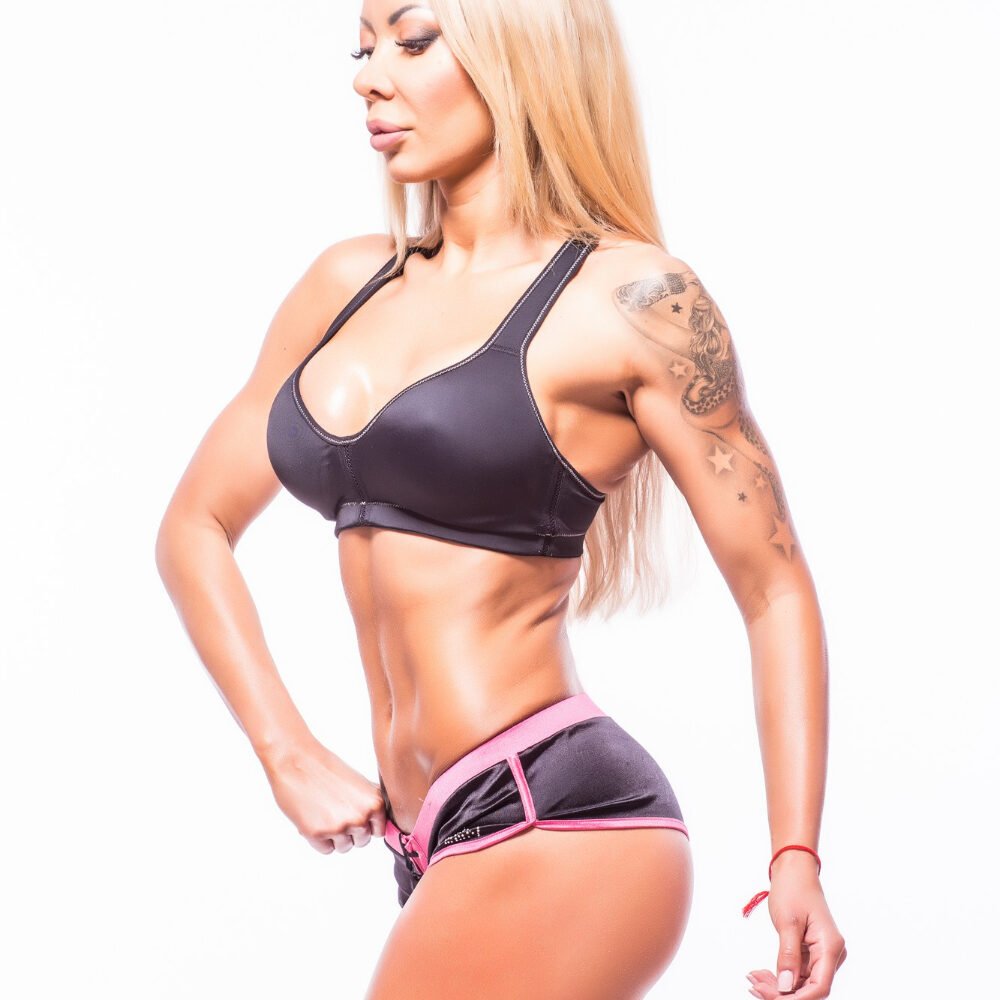
– Maintain proper form and technique to avoid injury and maximize results.
– Use the right weight for your fitness level, and gradually progress as you get stronger.
– Aim for the recommended sets and reps to challenge your muscles effectively.
– Incorporate variety to keep your workouts engaging and continuously challenge your upper body strength.
Maintaining proper form and technique
Maintaining proper form and technique is essential to maximize the effectiveness of upper body pull exercises. Begin by standing with your feet shoulder-width apart, ensuring a neutral spine and engaging your core.
As you perform each repetition, focus on controlled movements and avoid swinging or using momentum to lift the dumbbells. Keep your shoulders down and back, maintaining good posture throughout the exercise to minimize the risk of injury.
Additionally, it’s crucial to concentrate on the targeted muscle groups during each exercise, avoiding unnecessary strain on other areas. Remember to exhale as you exert force during a movement and inhale as you return to the starting position for optimal breathing patterns that support your performance.
For continued success with these pull exercises, it’s important to progress at a pace that suits your individual strength levels while prioritizing perfect form over heavier weights.
By doing so, you’ll build a strong foundation for future workouts that will drive long-term gains in muscular strength and endurance.
Using proper weight and progression
Select an initial weight that challenges but allows you to complete the exercises with proper form and control. Increase weight gradually as you gain strength, aiming for a level that feels challenging by the final reps while maintaining good technique.
Adjusting weights allows for progressive overload, which is essential for muscle growth and constant improvement.
Slowly increase the number of sets and repetitions or adjust rest intervals before adding more weight to ensure steady progression without plateauing, ultimately leading to enhanced muscular endurance and strength gains over time.
Recommended Sets And Reps
Progressing through these exercises with the right weight helps ensure safety and effectiveness. Now, let’s outline the recommended sets and reps for each of the upper body pull exercises to maximize your results:
| Exercise | Sets | Reps | Rest (Seconds) |
|---|---|---|---|
| Dumbbell Bent Over Reverse Fly to Hammer Curl | 3-4 | 8-12 | 60-90 |
| Dumbbell Bent-Over Reverse Row | 3-4 | 8-12 | 60-90 |
| Dumbbell Cross Body Hammer Curl | 3-4 | 10-15 | 30-60 |
| Dumbbell Front Plank Arm Raise | 2-3 | 10-15 per arm | 30-60 |
| Dumbbell Front Raise | 3-4 | 10-15 | 30-60 |
For those looking to intensify their training, consider variable sets and reps, focusing on the challenge rather than sticking rigidly to numbers. Remember, consistency combined with proper form and a progressive overload approach is key for achieving those upper body strength and aesthetic goals.
Incorporating variety and challenge
To maintain progress and prevent plateaus, incorporating variety and challenge into your dumbbell pull exercises is crucial. Including different grip variations, such as pronated or supinated grips, can target various parts of the back and arms, providing a well-rounded workout.
Additionally, adjusting your hand placement or using unilateral movements adds complexity and engages stabilizing muscles for an extra challenge. Introducing tempo changes by slowing down each phase of the exercise or adding pauses at specific points can intensify the workload on targeted muscle groups.
For further diversification, consider integrating other equipment like resistance bands or kettlebells to add dynamic elements to your pull exercises. Various pulling angles – vertical pulls like pull-ups or horizontal pulls like rows – ensure comprehensive development across multiple planes of motion.
Conclusion
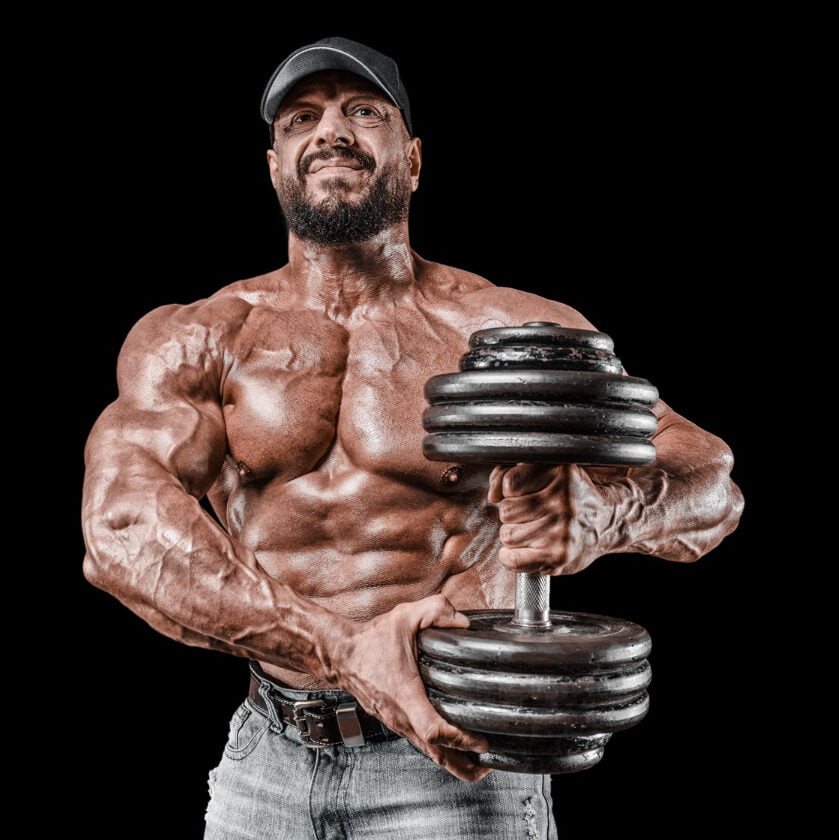
In conclusion, these five upper body pull exercises with dumbbells offer an effective and practical way to strengthen and tone your muscles. By incorporating these exercises into your routine, you can achieve maximum results with minimal equipment.
Emphasizing the importance of proper form and technique, you can effectively target various muscle groups for a well-rounded upper body workout. Explore further by setting specific goals and tracking progress to experience the impact of consistent training.
Keep challenging yourself with new variations or increasing resistance to continuously improve strength and endurance over time.
FAQs
1. What are some effective dumbbell exercises for my upper body?
Effective dumbbell exercises for your upper body include bicep curls, dumbbell flys, reverse curls, and rear delt flys. These target muscles like the pectoralis major and latissimus dorsi.
2. Why should I use free weights like dumbbells in my workouts?
Using free weights such as dumbbells helps improve resistance training by engaging more stabilizing muscles, which enhances core strength and muscle growth.
3. Can doing dumbbell bench press benefit my chest muscles?
Yes! The dumbbell bench press is a dynamic move that strengthens your chest’s pectoralis major while also working the triceps and shoulder blades or scapulae.
4. Are there specific isolation exercises with dumbbells for biceps?
Absolutely! Dumbbell curls, concentration curls, preacher curls, and hammer curls are great isolation exercises to specifically develop strong bicep muscles.
5. How do I work on my shoulders using only dumbbells?
You can perform lateral raises to target the lateral deltoid or shoulder press to engage not just the deltoids but also important support structures like rotator cuffs and trapezius muscles.
6. What’s a good exercise with a pair of 5-pound weight dummbellsthat focuses on both strength training and fitness flexibility?
Reverse wrist curl would be an excellent choice; it targets smaller arm muscles while promoting wrist extension and external rotation which increases flexibility alongside strength.

Author
Years ago, the spark of my life’s passion ignited in my mind the moment I stepped into the local gym for the first time. The inaugural bead of perspiration, the initial endeavor, the very first surge of endorphins, and a sense of pride that washed over me post-workout marked the beginning of my deep-seated interest in strength sports, fitness, and sports nutrition. This very curiosity blossomed rapidly into a profound fascination, propelling me to earn a Master’s degree in Physical Education from the Academy of Physical Education in Krakow, followed by a Sports Manager diploma from the Jagiellonian University. My journey of growth led me to gain more specialized qualifications, such as being a certified personal trainer with a focus on sports dietetics, a lifeguard, and an instructor for wellness and corrective gymnastics. Theoretical knowledge paired seamlessly with practical experience, reinforcing my belief that the transformation of individuals under my guidance was also a reflection of my personal growth. This belief holds true even today. Each day, I strive to push the boundaries and explore new realms. These realms gently elevate me to greater heights. The unique combination of passion for my field and the continuous quest for growth fuels my drive to break new ground.






